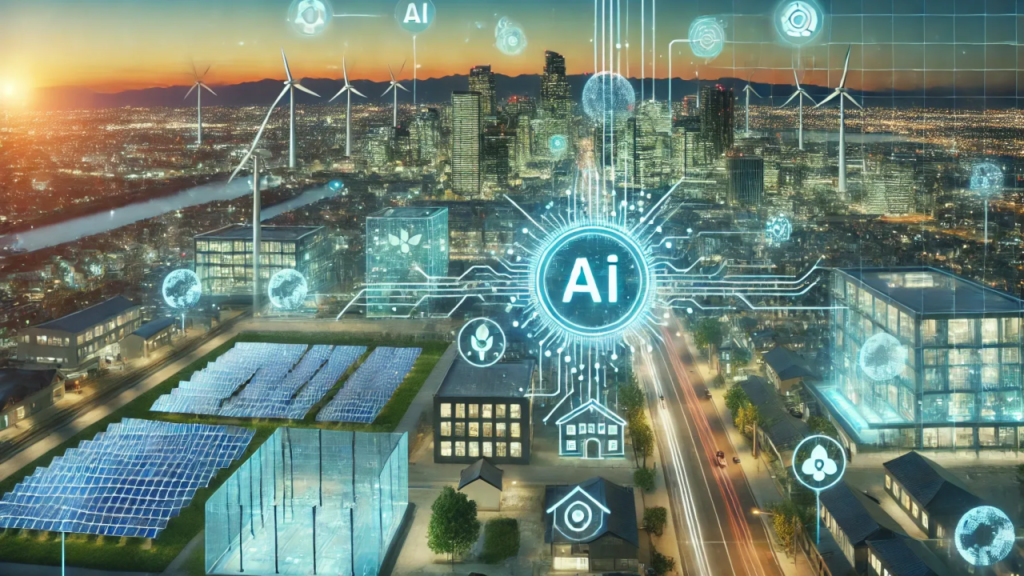Introduction
The rapid advancement of artificial intelligence (AI) hinges on one crucial foundation: robust energy and infrastructure systems. As models grow more powerful and data-intensive, the demands on our energy grids and physical infrastructure multiply. In this blog, we explore the top 7 ways energy and infrastructure are shaping the future of AI, from high-efficiency data centers to smart grids and sustainable energy solutions.

1. Power-Hungry AI Models Require Scalable Energy Solutions
Training large AI models like GPT-4 or image-based systems consumes vast amounts of electricity. For instance, training a single AI model can use as much power as hundreds of homes do in a year. This has pushed the need for scalable, reliable energy sources to the forefront of AI development.
2. Data Centers Are the New Factories
AI’s future is tightly linked to the rise of hyperscale data centers. These hubs, packed with GPUs and storage arrays, rely on optimized cooling, power management, and strategic location planning. They must be close to renewable sources and capable of handling massive throughput without overheating or crashing.
3. Smart Grids Enable Real-Time AI Applications
AI doesn’t just consume energy—it can also manage it. Smart grids powered by AI allow for real-time demand balancing, outage prediction, and efficient energy routing. As AI becomes embedded in society—from autonomous vehicles to smart cities—these responsive grids become essential infrastructure.
4. Renewable Energy Is Critical for Sustainable AI
As concerns about AI’s carbon footprint grow, renewable energy becomes a must. Major tech companies are committing to 100% clean energy to power AI operations. Wind, solar, and even geothermal are now key components of data infrastructure planning.
5. Edge Computing Relieves Central Infrastructure Pressure
AI is increasingly moving to the edge—closer to the devices it powers. From smartphones to IoT devices, edge computing reduces latency and alleviates stress on central infrastructure. However, this requires widespread, decentralized infrastructure and local energy resources.
6. Infrastructure Investment Unlocks National AI Growth
Countries investing in AI-ready infrastructure—such as India, the U.S., and China—gain a global edge. Government and private partnerships are building AI clusters with dedicated energy sources, fiber-optic networks, and policy frameworks to support innovation and commercialization.
7. Innovation in Cooling and Chip Design Reduces Energy Load
New technologies are making AI infrastructure more efficient. Liquid cooling systems, advanced chip architectures, and AI model optimization are helping cut energy usage by up to 40%. These breakthroughs make it possible to scale AI responsibly and sustainably.
Conclusion
Energy and infrastructure are no longer just background concerns—they are central to the evolution of artificial intelligence. As AI becomes integrated into every aspect of life, we must build the physical and energy backbone capable of supporting it. By investing in sustainable, smart infrastructure now, we ensure a future where AI can thrive without compromising the planet or our power grids.
Want to learn more? Read about how AI is reshaping climate tech and discover the intersection of innovation and sustainability.









